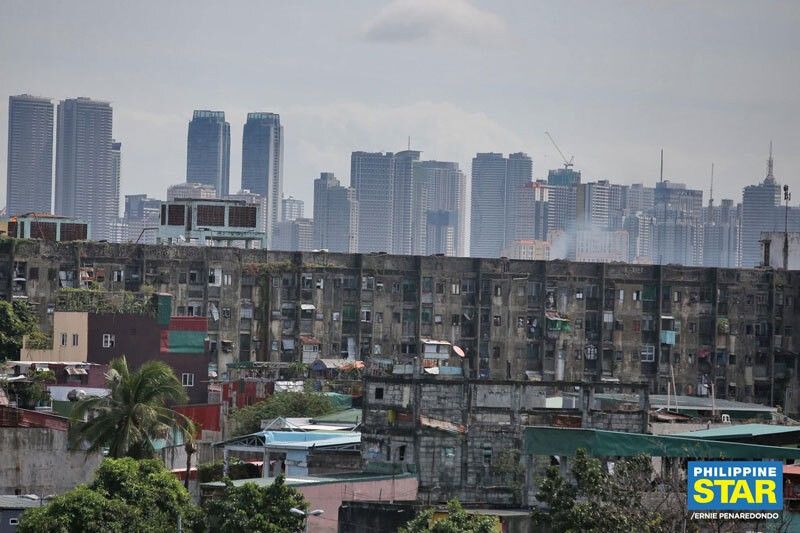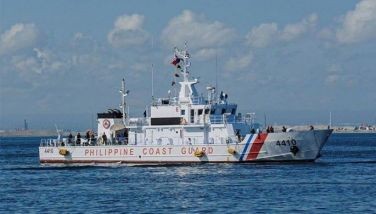‘7 million people die annually due to air pollution’

CLARK FIELD, Pampanga , Philippines — At least 100 of every 100,000 Filipinos die annually because of air pollution, an expert from the Manila Observatory revealed.
“Roughly seven million people die each year, that’s globally, due to air pollution, a third of that figure is actually in Asia. In the Philippines, that’s 100 people per 100,000 (dying) each year due to air pollution,” said Maria Obiminda Cambaliza, Manila Observatory air quality dynamics laboratory research scientist, as she cited data from the World Health Organization (WHO) during a press conference here last week.
Cambaliza added that 60 percent of the country’s air pollution was caused by vehicles.
“Based on our study, the major contributor to the particulate matter 2.5 was due to the transportation sector, due to traffic. The rest are other sources, like construction, natural causes, like sea salt, dust,” she also said.
As an example, Cambaliza cited the incident on Sept. 22, 2023 when smog covered the National Capital Region due to air pollution.
“We did a quick analysis and we found out… it was not due to the vog but due to the pollution in Metro Manila. This means that the air pollution that we produce causes haze. The winds were very low so whatever was emitted by our sources, like the transportation sector, stayed in our atmosphere because we lacked dispersion from the winds. The emission did not flow, what was emitted stayed,” she explained.
According to Cambaliza, the country’s annual air quality was pegged at 20 micrograms per normal cubic meter, or four times the annual standard value set by the WHO.
A memorandum of understanding – signed between Environment Secretary Maria Antonia Yulo-Loyzaga and National Aeronautics and Space Administration tropospheric composition program scientist Barry Lefer – allows experts from the Department of Environment and Natural Resources to join NASA scientists on board scientific research flights from Feb. 11 to 15.
The program aims to study the atmosphere in Metro Manila and nearby regions, including Regions 3 and 4-A and the provinces of Ilocos Norte, Cebu and Palawan.
“It (collaboration with NASA) is important. NASA’s satellites can see what is from space, the DENR has a ground instrument that can measure air quality. What we want to do in this mission is understand all that is going on as we exit from space, in this particular in between layers. We need to understand in order to have policies and regulations that are evidence-based, regarding public health, regarding industrial compliance,” Loyzaga said.
“It will give us a clear picture of what is being produced and emitted in our atmosphere and of course from the ground,” she added.
According to Loyzaga, the research on air quality has been going on for years.
“We need to actually have measurements which cover the history of air quality so that we can understand what is actually evolving in terms of air quality and how it impacts the population and the different sectors. This is just one step. We will be able to contribute to the discussion on air quality, air pollution and climate change especially for COP29 so with the help of our partners in NASA, we would like to understand the interaction between pollutants, greenhouse gases and climate change as well,” Loyzaga said.
For his part, Lefer said that NASA could provide the Philippines with direct measurements, particularly on how much pollution are coming from different sources.
- Latest
- Trending






























